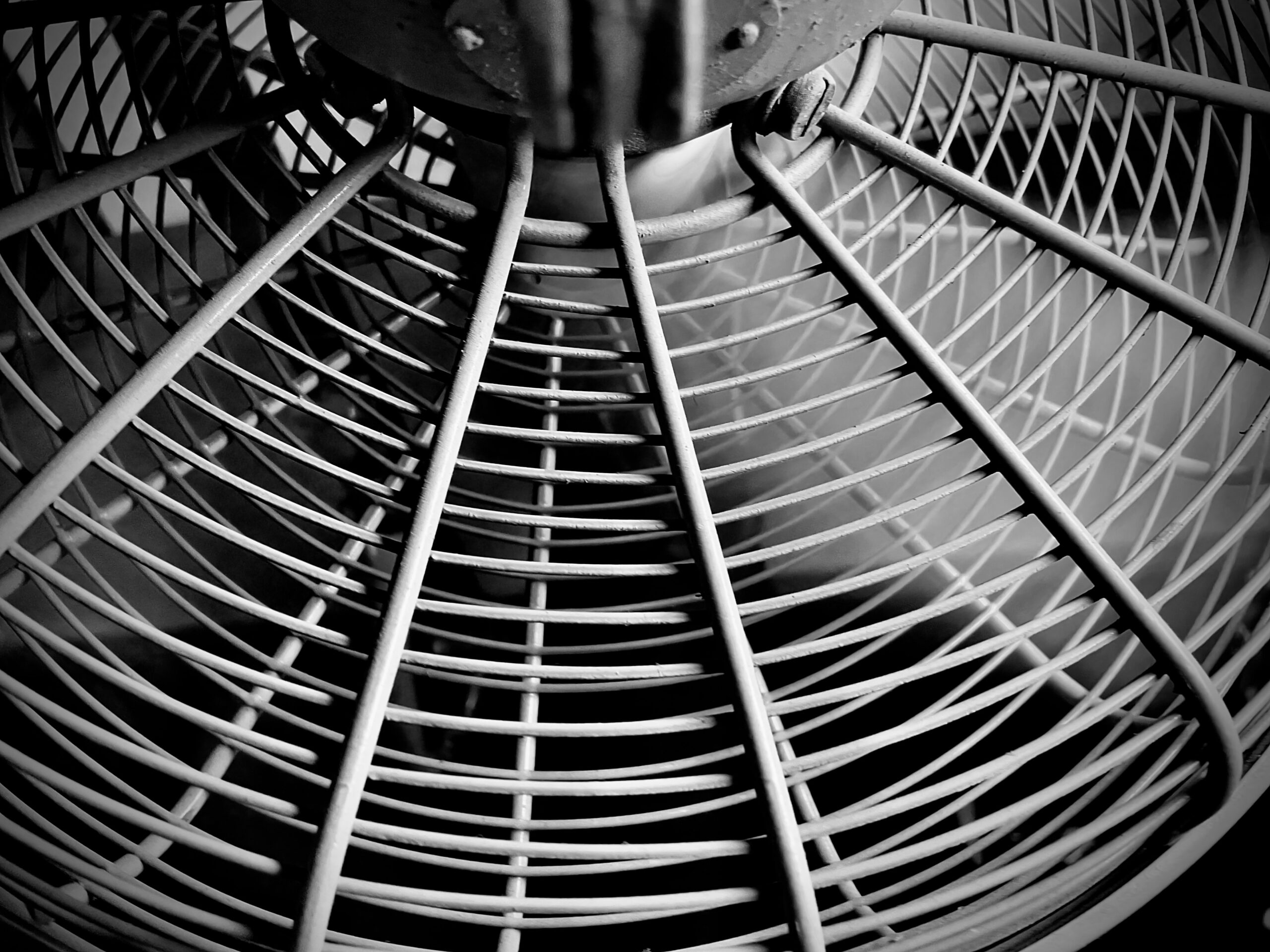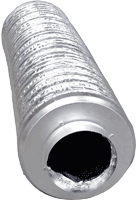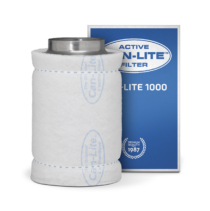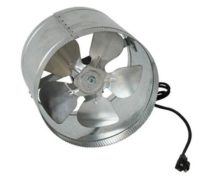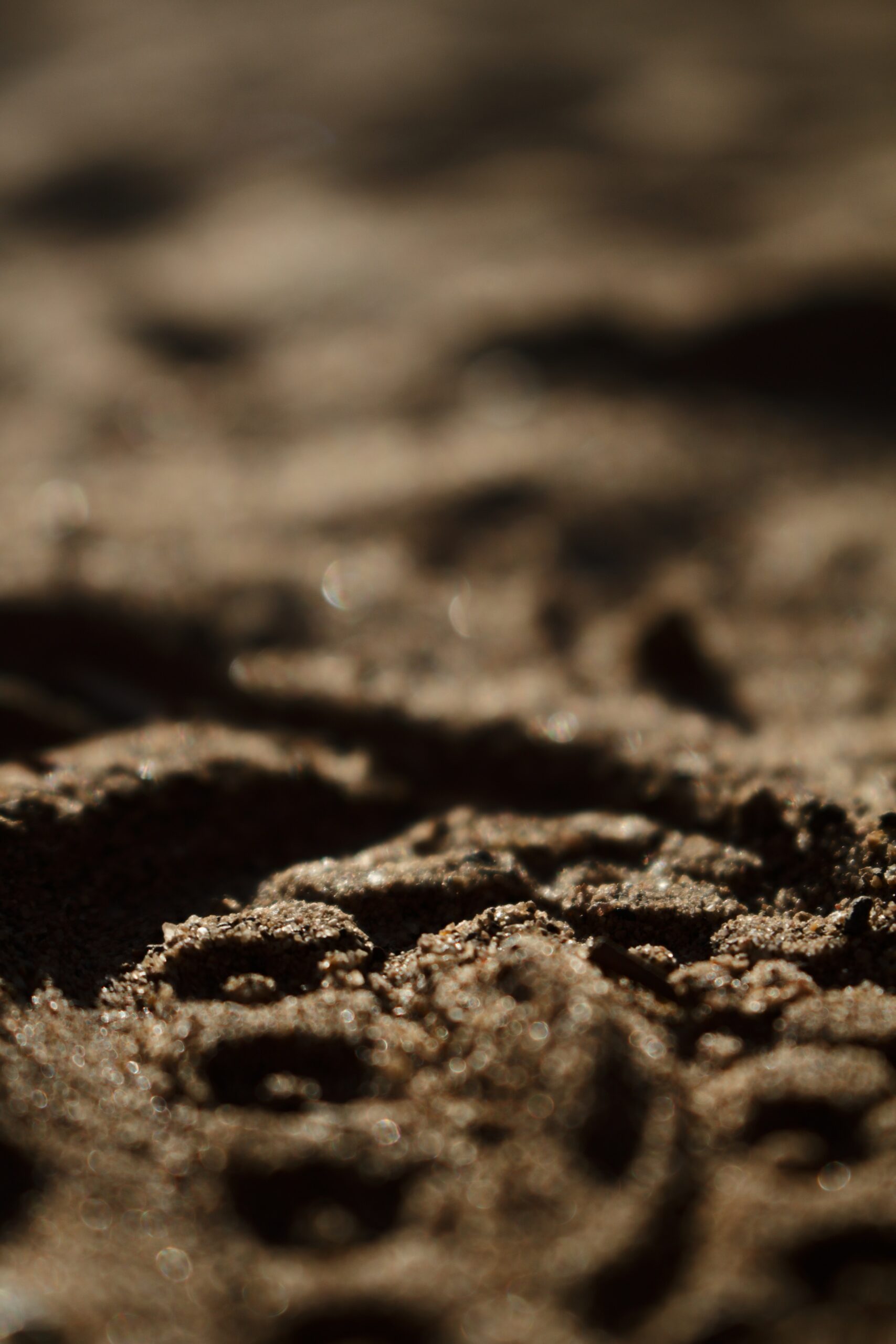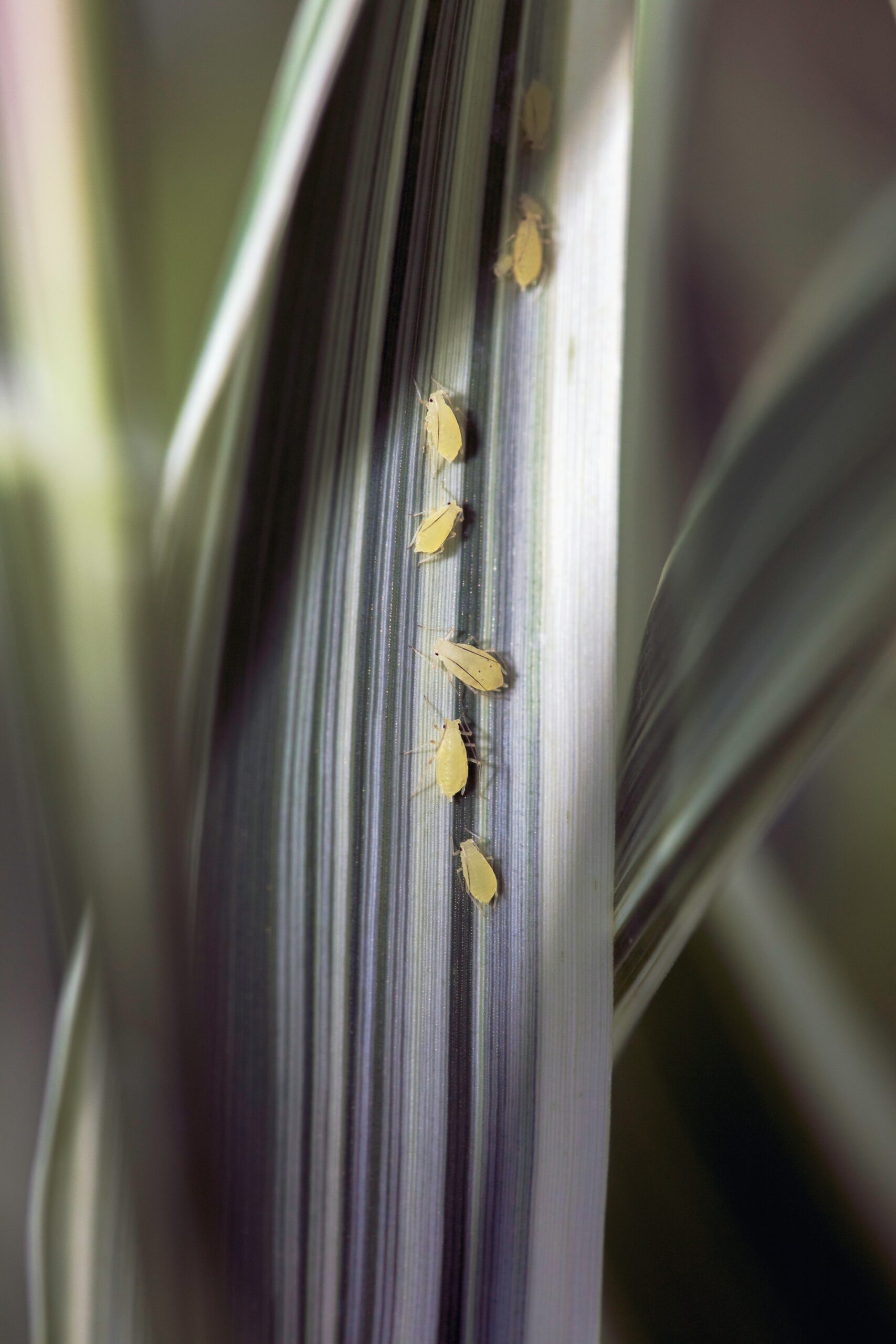Growing indoors allows for increased control over the plants’ environment, enabling higher yields and faster growth rates. However, as with any horticultural endeavor, there are many crucial factors to consider for success. One such element is ventilation, a vital component for maintaining a healthy and thriving indoor growing environment. This post will explore the importance of ventilation, focusing on heating and cooling, carbon filters, fans, and ducting, all of which contribute to effective environmental control.
Environmental Control
To ensure a successful hydroponic system, growers must maintain a constant watch over the environmental conditions, including temperature, humidity, and CO2 levels. Monitoring and adjusting these factors is crucial for plant health and optimal growth. Environmental controllers and sensors can be used to automate the regulation of ventilation, heating, and cooling systems, simplifying the process and reducing the risk of human error.
Fans and Ducting
Air circulation is vital when growing indoors, as it helps maintain proper temperature and humidity levels, distributes CO2 evenly, and deters mold and mildew growth. To achieve this, the use of oscillating, inline and centrifugal fans and ducting is necessary.
Oscillating fans help circulate air within the grow room, preventing stagnant areas and ensuring even distribution of heat, humidity, and CO2. Inline fans, on the other hand, work in tandem with ducting to remove excess heat and moisture, while also facilitating fresh air intake. Proper ducting design is essential to prevent pressure loss and ensure efficient airflow, so growers must consider the duct’s size, length, and layout in their hydroponic system.
Heating and Cooling
Temperature control is essential for plants to thrive, as it directly affects their metabolism, growth, and development. Hydroponic systems must maintain a consistent temperature range appropriate for the specific plant species being grown. To achieve this, growers may need to employ heating and cooling systems, depending on the external climate and the grow room’s insulation.
Heating products, such as heat bars or water heaters, can be used to maintain optimal temperatures during colder months. Meanwhile, cooling systems, including evaporative coolers can help lower temperatures in warmer conditions. It’s crucial to monitor the temperature continuously and adjust the heating or cooling systems accordingly to maintain a stable environment. See Temps & Humidity: A Guide to learn more.
Carbon Filters
Indoor grow systems can generate strong odors due to the organic compounds released by plants during growth. To maintain a clean and pleasant environment, carbon filters are employed. These filters use activated carbon to adsorb odors and volatile organic compounds (VOCs), effectively purifying the air. Moreover, carbon filters can help prevent the spread of airborne pathogens, keeping the grow area clean and reducing the risk of diseases.
Ventilation is an essential aspect of indoor growing, contributing significantly to the overall success and productivity of your plants. By understanding the importance of heating and cooling, carbon filters, fans, and ducting, growers can maintain an optimal environment for their plants, ensuring healthy growth and high yields.


